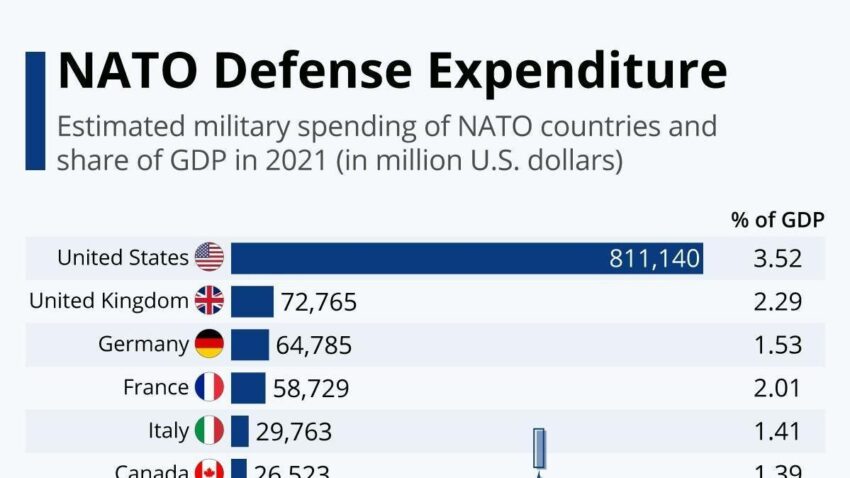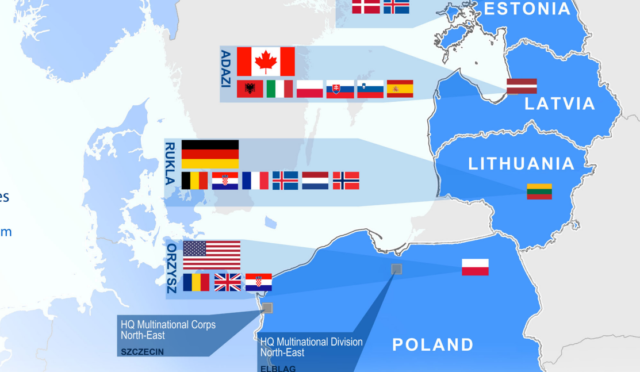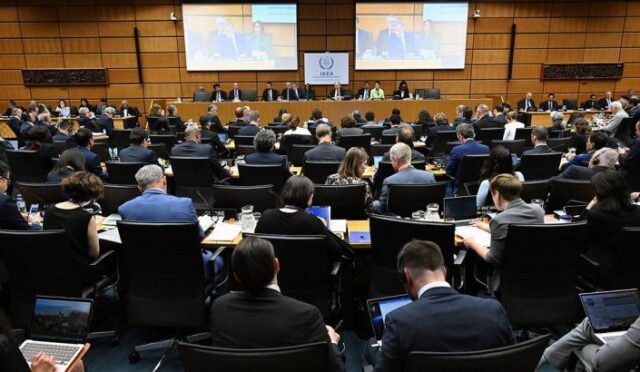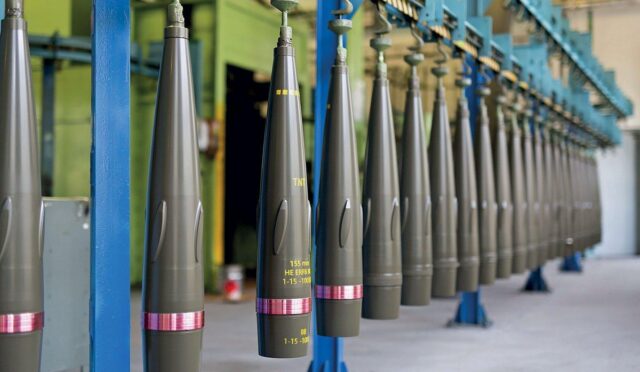NATO’s Defense Spending Boost: A Triumph for Trump
On Wednesday, NATO member nations formally agreed to significantly boost their defense budgets, a decision that U.S. President Donald Trump hailed as a “monumental win” for the United States. This outcome came after two days of high-stakes discussions in The Hague, where Trump expressed his satisfaction with the commitment to increase defense spending to 5 percent of GDP. He emphasized that this development strengthens America’s resolve to safeguard its European allies.
The president asserted that the result was a remarkable achievement, one that many believed was unattainable just a short time ago. He pointed to the unanimous acceptance of this initiative among the 32 NATO nations as validation of his administration’s push for increased military spending, reiterating a steadfast commitment known as the “ironclad” pact of collective defense within NATO.
A Shift in Spending Commitments
The newly agreed terms mandate NATO countries to earmark 3.5 percent of their GDP for core military spending by 2035, alongside an additional 1.5 percent allocated toward essential security initiatives, such as infrastructure. Spain initially showed reluctance to commit but ultimately aligned with the agreement, indicating that it could still fulfill NATO’s criteria while maintaining a lower expenditure. Trump hinted at potential trade penalties aimed at countries that fail to meet these spending obligations.
While the arrangement allows Trump to assert victory, it also provides much-needed flexibility for European nations facing budgetary constraints. This development not only alleviates immediate pressure but also positions NATO for future engagements, capitalizing on enhanced defense capabilities across member states.
Concerns Over Russian Threats
The backdrop to these discussions was shaped by the ongoing conflict in Ukraine, which underscored the urgency of bolstering defense among NATO allies. The final declaration from the summit explicitly recognized the long-term threats posed by Russia, marking it as a central issue in the deliberations. Despite softer language compared to previous statements, the communiqué highlighted continued support for Ukraine, emphasizing that its security is integral to the safety of NATO nations.
Ukrainian President Volodymyr Zelensky, while less prominent in this gathering, did meet with Trump briefly, a contrast to their earlier, more contentious interactions. Both leaders characterized their encounter positively, with Trump noting it could not have gone better and Zelensky describing their discussions as substantial.
Discussions on Ukraine’s Future
British Prime Minister Keir Starmer, along with other European leaders, participated in a meeting with Zelensky, voicing optimism about leveraging the summit’s momentum to secure further support for Ukraine. NATO chief Mark Rutte reaffirmed that Ukraine’s aspirations for membership remain steadfast; however, the official summit documentation notably omitted specific references to this aspiration, likely influenced by Trump’s earlier dismissals.
This shaped a cautious approach among leaders, who were eager to avoid any diplomatic missteps while navigating the complexities of support for Ukraine against the backdrop of the ongoing war.
Trump’s Reaffirmation of NATO’s Commitment
On the eve of the summit, Trump had raised eyebrows by appearing to question NATO’s mutual defense clause—Article Five—which stipulates that an attack on one member is an attack on all. However, this key commitment was reaffirmed in the final statement, and Trump emphasized its importance at his concluding press conference.
Seemingly satisfied with the reception he received in The Hague, Trump remarked on feeling a shift in perspective regarding NATO, noting that member countries must contribute more to ensure the alliance’s strength. He firmly stated that without U.S. backing, NATO’s ability to function would be severely limited, ensuring that increased financial contributions from allies would secure the alliance’s future.







